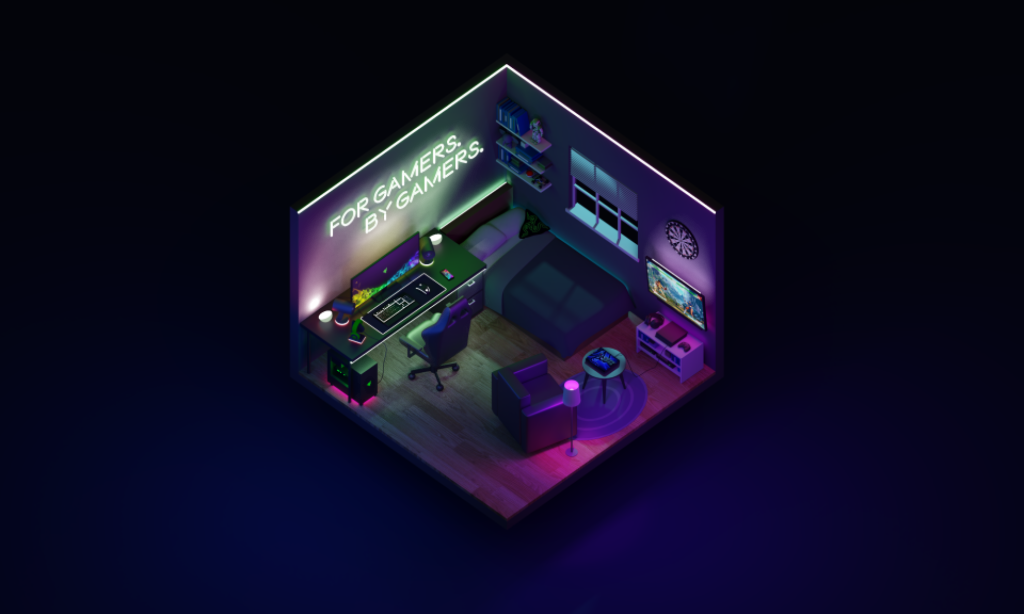Modelling Artist
Modelling Artist create 3D models like characters, animals, weapons, vehicles, trees and so on. They usually start with concepts drawings in 2D and transfer them into 3D. The modelers are responsible for creating hard surface and organic models for use in the production of live-action and fully CG images.
Some companies may subdivide the job for 3D modelling, like environment artist, character artist, vehicle artist and so on. There are also different ways to build models and 3D models have formed different types, for instance, box modelling, polygon modelling, etc.
Reference: VFX Modelling Artist Breakdown – Yellow Cat Recruitment
Here are examples of hard surface and organic models. Modelling artists may also give textures to their models when they are making modeling demoreel, to show their ability of making textures, while some company may also require texture skills.
Aditya Vishwakarma – 3D Modelling Showreel 2021 – YouTube
3D MODELING DEMOREEL 2021 – YouTube
2D Drawing to 3D Model using ZBRUSH and BLENDER – YouTube
To become a 3D modelling artist, many software and skills are required. Maya, Z-brush, Mudbox, Photoshop are basic software that a 3D modelling artist should be familiar with. Other software like Substance, XSI, Mari are also required by some companies.
However, a traditional art background and good technical skills are always asked for being a 3D modelling artist.
Animator
Animators add movements to 3D characters, vehicles or other moving objects in the film. Basically anything that moves on film needs to be animated. If something moves and has a performance, an animator will most likely be behind the controls.
For animators, they may spend their days doing things like, developing performance and movement for objects, generating movement for creatures and characters, working hands on with live action film and television productions and so on. Their job is all about making the moving objects in the film looks real and vivid.
With the development of technology, many films are using motion capture for some characters, which allow the animators so much more movements to work with. It can not only save the time for animators using on rigging and animating characters, but also can help the characters to have closer shots and more realistically movements.
To become an animator, strong artistic skills are always needed. Apart from that, animators also need a strong sense of camera work and understand all aspects of 3D animation.
Here are examples of rigging characters and putting them into real-life video.
Robot VFX in Blender – YouTube
How to Add Animated Characters Into Your Video | Blender + AE VFX – YouTube
Texture artist
Texture artists in VFX paint surface textures on 3D characters, animals, machines or other 3D objects. They may work with textures like wrinkles, fur, scales and so on. In some cases, they may create new textures for some certain 3D models used in animation, which cannot be found in real life. Therefore, it requires imagination and creativity skills.
When painting textures, they may not only consider what the color is, how the model would look like, but also they have to think about how those textures appear in different environments. For example, how the texture may look like under different lights. Texture artists should try to make an image appear realistic in terms of light, color, composition and perspective.
There are a lot of software that texture artists can use to paint textures. Here I found different examples showing several ways to created textures.
Mari VS Substance Painter: A Professional VFX Texture Artist Perspective – YouTube
TUTORIAL TEXTURING 3D MODEL DI PHOTOSHOP – YouTube
ZBrush Spotlight Polypaint Quick Tutorial – YouTube
Most of the companies may require texture artist to have a solid understanding of visual language, like texture, color, dimension, scale, perspective, lighting, etc. They need to have strong artistic skills and experience using Maya, Z-Brush, Mudbox, Photoshop and so on.
Environment artist
Environment artist create indoor and outdoor 3D environment using modelling or sculpting software. They are responsible for visuals with which characters and objects will interact, such as building, roads, furniture, etc. On top of that, many environments that cannot be found in real life should be build by environment artist like outer space or virtual city. Apart from modelling, their responsibility may also contain texturing elements.
Environment artist may get a brief of an environment from concept artist, which may be in the form of 2D or 3D, then they create 3D models. They may work and communicate closely with modelling artist and texture artist, they may also put models made by modelling artists into their environment.
An environment artist must have a keen eye for landscape, cityscapes and geography as these skills will be used to create virtual worlds. Solid understanding of visual language is always required. More importantly, good understanding of different environments. Software may be used by environment artist are Maya, Z-Brush, Mudbox, Blender, 3ds Max, Substance and so on.
Here are examples of the showreels made by environment artist.
CGI & VFX Showreels: “DMP / Environment / CG Generalist” – by Lucas Tebib – YouTube
CGI & VFX Showreels: “Environment Reel” – by Emmanuel Humbert – YouTubeCGI & VFX Showreels: “Environment Artist” – by Jeremy Diederich | TheCGBros – YouTube

